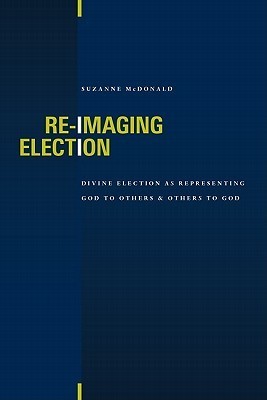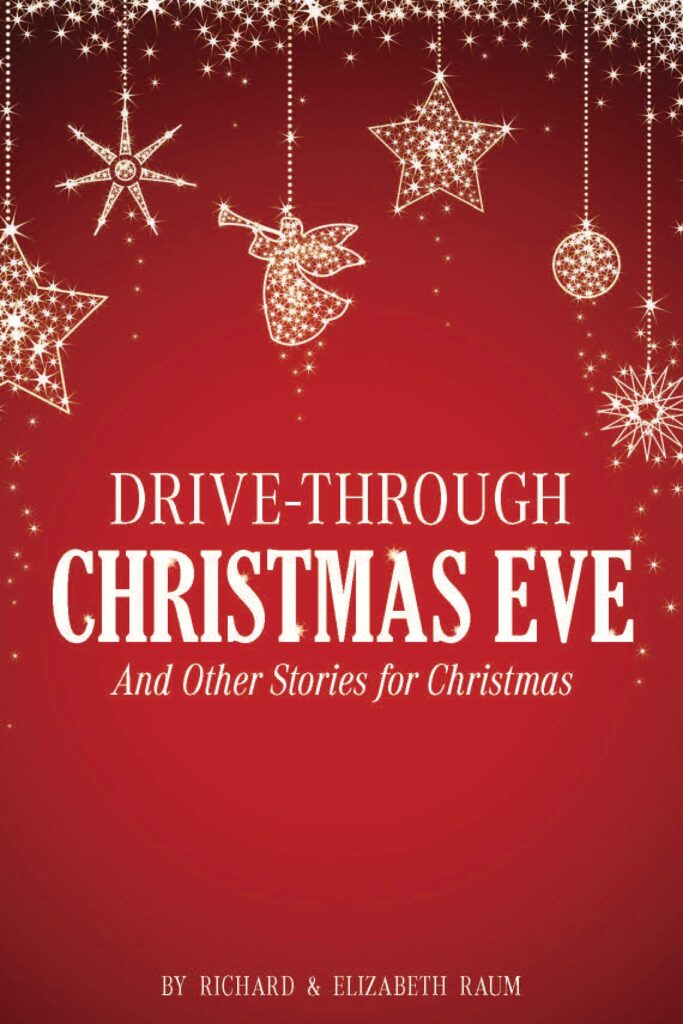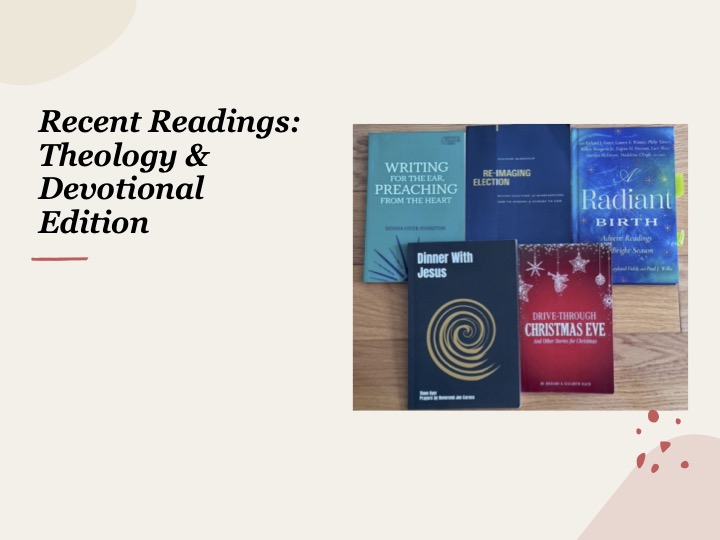
Next week I plan to post my annual 2023 reading update. But before I get to that, let me update some of my recent readings (I have a couple more reviews from 2023 that have nothing to do with theology, which I hope to post later in January).
After Christmas, my daughter and I headed to Wilmington to celebrate my father’s birthday and to see family. As usual, we had oysters for my father’s birthday party. I also got to spend an afternoon and an early morning walking on the beach. On my early morning walk, I took this photo:
And now, to my reviews:


Leslie Leyland Fields and Paul J. Willis, editors, A Radiant Birth: Advent Readings for a Bright Season(Downers Grove, IL: InterVarsity Press, 2023), 211 pages
I generally pick a book to read during the Advent/Christmas Season. A Radiant Birth was this year’s book. I am familiar with both editors from Calvin University’s Festival of Faith and Writing and have developed a friendship with Paul Willis over the years. This is a collection of readings for both Advent and the 12 days of Christmas. The genre varies, from poetry to prose, from scripture to sermon, from modern authors to those in the ancient world. I especially enjoyed John Chrysostom’s “Sermon on the Nativity, which he preached in Antioch in AD 386. Both Fields and Willis have pieces in the collection.
This book is a delight and for anyone looking to make the season more meaningful, I recommend this book.

Suzanne McDonald, Re-Imaging Election: Divine Election as Representing God to Others and Others to God (Grand Rapids, MI: Eerdmans, 2010), 213 pages.
I met Suzanne McDonald last March at the Theology Matters Conference in Hilton Head, SC. She gave a dynamic lecture on John Owen’s “Beatific Vision.” Several of us afterwards spoke about how we wish our theology professors had her energy and excitement for her topic. Wanting to get to know more about her thoughts, I picked up this book, which I think must have been taken from her doctoral dissertation. This was the most difficult book I read all year and several parts of this book I had to read multiple times to fully grasp what she was attempting to say. I also kept my smart phone handy while reading so I could look up words. That said, a month after finishing this book, I find myself still thinking deeply about her thesis.
McDonald’s title says it all. God’s elects’ individuals and peoples (such as Israel) for two purposes. Election isn’t just about individual salvation but about participating with God in God’s work in the world. I have often said in sermons that God doesn’t save us just to fill up a hotel room in heaven. We’re saved because God has work for us to do. McDonald essentially says the same thing. Our “election” is for representing God to others (to be God’s agents within the world) and to representing others to God (intercessory prayer is an example). It sounds simple but throw in a hundred or so technical terms and Latin phrases, and you’ll see it’s not so simple.
The book begins with McDonald contrasting the writings on election by John Owen and Karl Barth. Owen, a Puritan, would have a stricter interpretation of election, while Barth’s view is gentler). She plays critical attention to the role Christ and the Spirit plays in each’s understanding of the work within an individual. Next, she explores the meaning of election as seen in both the Old Testament with Israel and the church in the New Testament. While she keeps going back to Owen and Barth, she introduces a host of other voices into the dialogue on election such as Miroslav Volf, N. T. Wright, Lesslie Newbigin, George Hunsinger, and Walter Brueggemann.
If you’re interested in going deep into theology, I recommend this book. And if you read it, let me know. I’d enjoy discussing it.

Richard and Elizabeth Raum, Drive-Through Christmas Eve and Other Christmas Stories (Rapid City, SD: CrossLink Publising, 2020), 107 pages
Rick Raum has been a good friend of mine since we meet as Pastors of neighboring churches (25 miles apart) in Lake Michigan Presbytery. We have kept in contact over the years and have often seen each other at the meeting of the General Assembly and Theology Matter’s Conferences. A few years ago, while he had retired from preaching and was working for a Presbyterian College in North Dakota as a fundraiser, he and his wife (who has written many non-fiction books for middle school students), published a delightful collection of Christmas stories which had their genesis in Christmas sermons. This is a short, easily read, book. If you’re looking for new Christmas illustrations, I recommend this book.

Donna Giver-Johnston, Writing for the Ear, Preaching from the Heart (Minneapolis: Fortress Press, 2021), 136 pages.
While I have not met Donna Giver-Johnston in person, we have exchanged emails and have several shared friends. Currently, she is the director of the Doctor of Ministry program at Pittsburgh Theological Seminary. Prior to this position, she served as pastor of Community Presbyterian Church in Ben Avon, where I was a half-time student pastor during my senior year at Pittsburgh. Brent, the pastor of the church at the time, became a mentor and a friend. I wrote about his tragic death in 2006 in the Presbyterian Outlook and at some point, will share that article here. All that just goes to illustrate my draw to Diver-Johnston’s book on preaching.
Sermons cannot be written in one medium, Giver-Johnson insists, and then delivered in another. Speaking and writing are different things. In this book, the author describes her process from being a manuscript preacher to one who preaches without notes. While she still writes a manuscript, she doesn’t use the manuscript in the pulpit. She also doesn’t memorize it. Instead, she preaches shorter sermons as she recalls the themes of her message. I admit that I have not tried her method. Yet, like her I have a set ritual for writing my sermons and for memorizing them.
Giver-Johnston draws on many top teachers of homiletics, biblical scholars, and communication experts. I’ve read most of these and have studied under a few of them: Walter Brueggemann, Diana Butler Bass, Neil Postman, Brian McLaren, Eugene Lowry, Fred Craddock, Alyce McKenzie, Tom Long, Barbara Brown Taylor, N. T. Wright, And Paul Scott Wilson.
While I appreciate learning about her style of preparation, I am still debating whether I will try to give up the manuscript. Not all those Giver-Johnston draws upon preaches without manuscript (Barbara Brown Taylor is an example of a manuscript preacher who, like me, has internalized much of the text so that by Sunday doesn’t read the sermon). The key, I think, to preaching is to have internalized so that you don’t just read what’s on paper and you have freedom to change things if necessary.
I recommend this book to preachers, but it also has something to say to writers and others who depend upon words to convey a message. For those interested in writing for the ear, I would also recommend G. Robert Jacks’, Just Say the Word: Writing for the Ear. I think it’s out of print, but I read this book nearly 30 years ago and it changed the way I prepared and preached. I would also recommend Jana Childers, Performing the Word: Preaching as Theater. Childers draws upon her theater background and introduces “blocking” and other techniques into the preacher repertoire, which helps internalize the message we are bringing to a congregation. I have adopted some of her suggestions which help me internalize the message.

Timm Oyer, Dinner with Jesus (2023), 94 pages.
I met Timm shortly after moving to Hastings, Michigan in January 2004. At the time, he was the pastor of the Nazarene Church. For the next eight years, we remained close. Then he went and retired and moved out of state. But we keep up, often through Timm’s reading of this blog and responding with an email or a comment.
Timm, along with the Reverend Jon Carnes, has published a study guide that looks at the meals Jesus enjoyed and how they might inform our own dining habits. Tim wrote a short insight into each text(s), often drawing on personal experiences around his own table or of others. He concludes each of the 13 lessons with questions to encourage the reader to reflect on how to interpret and utilize the message. Jon wrote a centering prayer for each of the passages. This book could be used in a group study, or an individual could work their way through the lessons, spending time in thought and prayer over each one.


